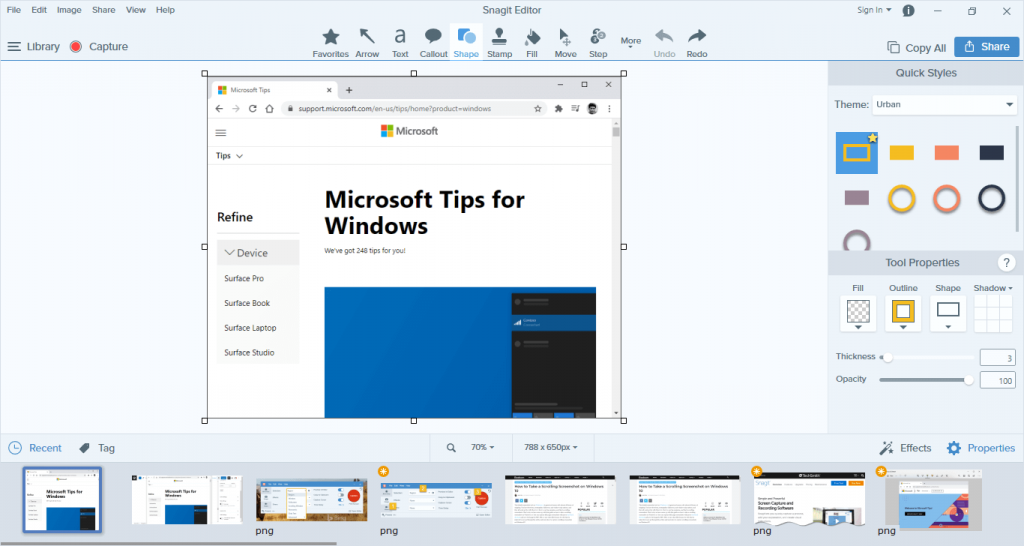


These access levels can be restricted through the wiki's administration pages. When it is first installed, ScrewTurn Wiki allows anyone to create an account and any authenticated user to create, edit, or delete content. You'll find SQL Server® and MySQL storage providers at the ScrewTurn Wiki Web site.

Consequently, deploying ScrewTurn Wiki to a Web server is as simple as copy and paste.īut the wiki's storage system is built atop the provider model, so you can plug in an alternative provider to persist system information elsewhere. By default, ScrewTurn Wiki's pages, modification history, and user accounts are saved on the Web server's file system, meaning the wiki does not require a database. One open-source wiki created with ASP.NET and C# is ScrewTurn Wiki version 2.0. There are a variety of commercial and open-source wiki platforms available. For instance, the open-source code projects hosted at are managed as a wiki. And many community-oriented sites include wikis to allow members to update the site or contribute to the knowledge base. Within a company, a team of developers may maintain a wiki that includes information about ongoing development projects and their status, coding conventions, and tutorials for new hires on how to set up a baseline development environment.Ī customer-facing support site could include a wiki allowing trusted support staff to proactively create and manage answers to commonly asked questions. Wikis are especially useful for creating knowledge management portals. The site's users create the content, define the relationships, and establish the links between the site's Web pages. What separates wikis from blogs and traditional content management systems is that wikis are inherently amorphous. As is the case with blogs and other content management systems, a wiki's content is editable through a Web page interface. Easy Wiki Hosting, Scott Hanselman's blog, and Snagging ScreensĪ wiki is a Web application whose content is collaboratively added, updated, and organized by its users.


 0 kommentar(er)
0 kommentar(er)
